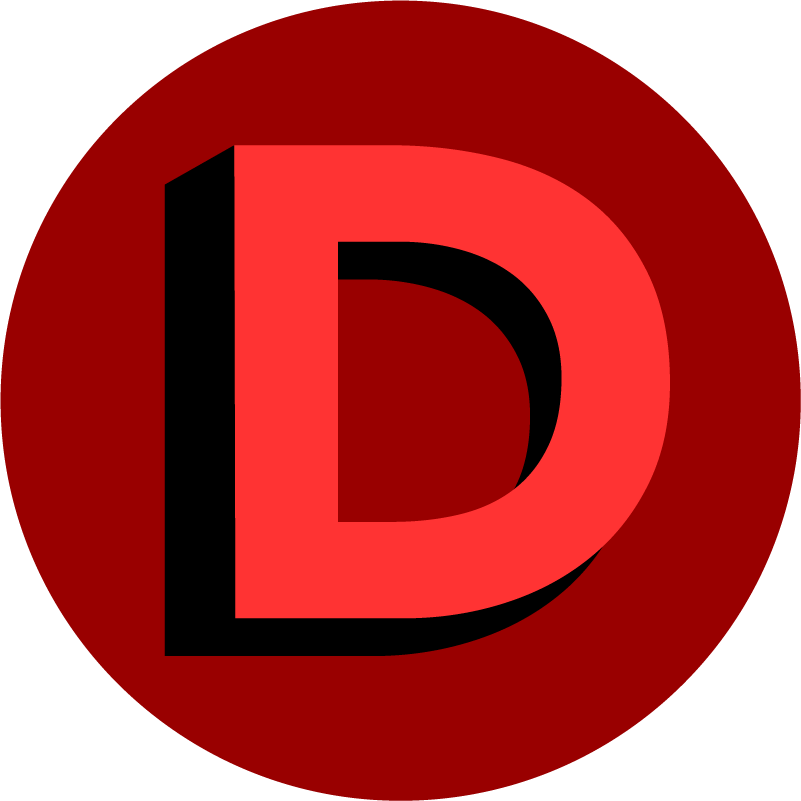Student portfolios are a powerful tool for students, institutions, and potential employers.
Student portfolios are a powerful tool for students, institutions, and potential employers, but is your program getting the most value out of your student’s digital portfolios?
Jennifer Stonaker is an advanced lecturer in Stanford University’s Program in Writing and Rhetoric, and we talk about their unique approach to ePortfolios and the impact that it is making on their students and their long-term prospects.
How To Create a Good Student Portfolio — Show Your Work to More People
Jennifer tells us that Stanford’s program provides two classes that support students while building their portfolios: the first is a one-unit course when they join the notation program, and the second one is a two-unit course toward the end when they are about to graduate and are putting the finishing touches on their ePortfolios.
During the first course, they do showcases of student portfolios that are in progress, and these would enable students to get feedback both from a wider array of voices in-campus, such as from their peers and other experts, as well as from outside, such as family and friends — this approach is unique to Stanford’s program and is not commonly found in other institutions who also make use of ePortfolios.
This enables students to gain a broader perspective on how to make their presentations more insightful, make better connections between ideas, and answer questions that may otherwise not have been obvious.
Overall, getting feedback from a more diverse audience has resulted in students creating better ePortfolios, which has also helped them become better thinkers, storytellers, and communicators.
The Interdisciplinary “Scaffolding” Approach to Creating ePortfolios
The Stanford program’s approach to students and their portfolios originated from Jennifer and her colleagues answering the questions such as "How can we give students a meaningful experience where they really learn something about science communication?" and "How can we help students think critically about the work that they're already doing on-campus and use reflection as a way of integrating all of those experiences?"
This led to having an interdisciplinary approach to helping students construct their ePortfolios and using them as a space where learning happens. They do this using a “scaffolding” process, which includes the following key factors that students learn:
- The process of reflection
- The process of building a portfolio
- Artifact curation
- Making connections
- Storytelling
This is something that students learn and practice throughout the two courses using a variety of tools and methods that Jennifer and those involved in the program have implemented.
How A Well-Made Student Portfolio Impacts Everyone Around Them
The impact of a well-made ePortfolio goes beyond just their own academic careers and future prospects — not only have they created something that helps others realize the incredible work that they do, but they have more meaningful conversations with both their peers and ordinary people (such as their family and friends) about the positive impact that their work can have on society.
Another benefit is that they can be seen as people, not just scientists — as such, ePortfolios have genuinely changed students’ lives for the better.
The Digication Advantage
Jennifer then tells us that moving over to the Digication platform has resulted in students having more flexibility and power in how they organize and present their artifacts — Digication’s ePortfolio platform gives them greater control with pages, categories, and nested architecture that they previously did not have.
Practically speaking, the work that students do in creating their digital portfolios is transferrable and has real-world applications, such as creating websites that can serve their purposes or provide insights for future employers, providing immense value for all involved, and this is something that the Digication platform facilitates.
The Life-Changing Power Of ePortfolios
The powerful effect that working on their student portfolios cannot be understated — students go from being nervous and lacking confidence as communicators to being great storytellers and better thinkers, able to showcase their work and explain the real-world impact that this can have to people from a wider range of backgrounds.
This has allowed them to take so much of what they have learned – and more – and continue to expand on these as they go out into the world in their chosen fields, continuously creating a positive impact as they do.
Want to hear more from Jennifer and get the full details about the Stanford Program? Learn more about how Stanford developed their program, how they approach curation and storytelling, the role that alumni play in student development, and more — listen to the full episode here.
Don’t miss an episode — subscribe to the Digication Scholars Conversations podcast by clicking here.
